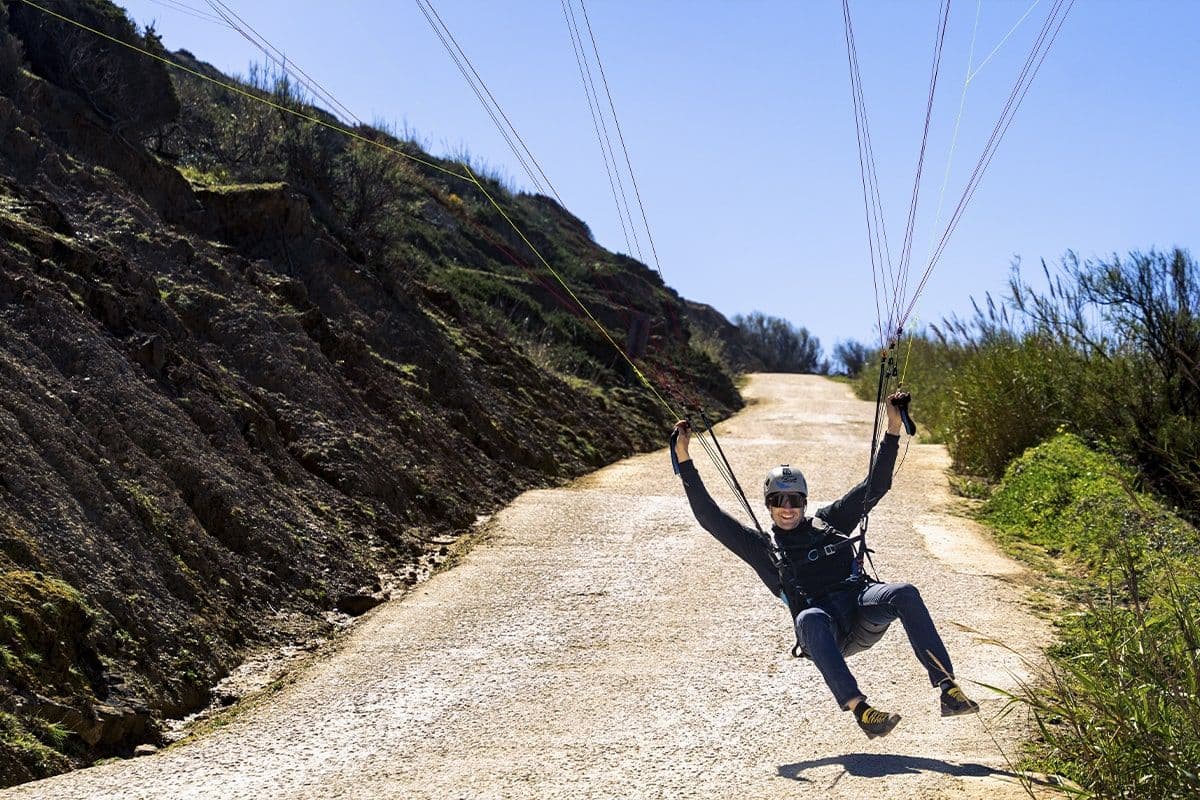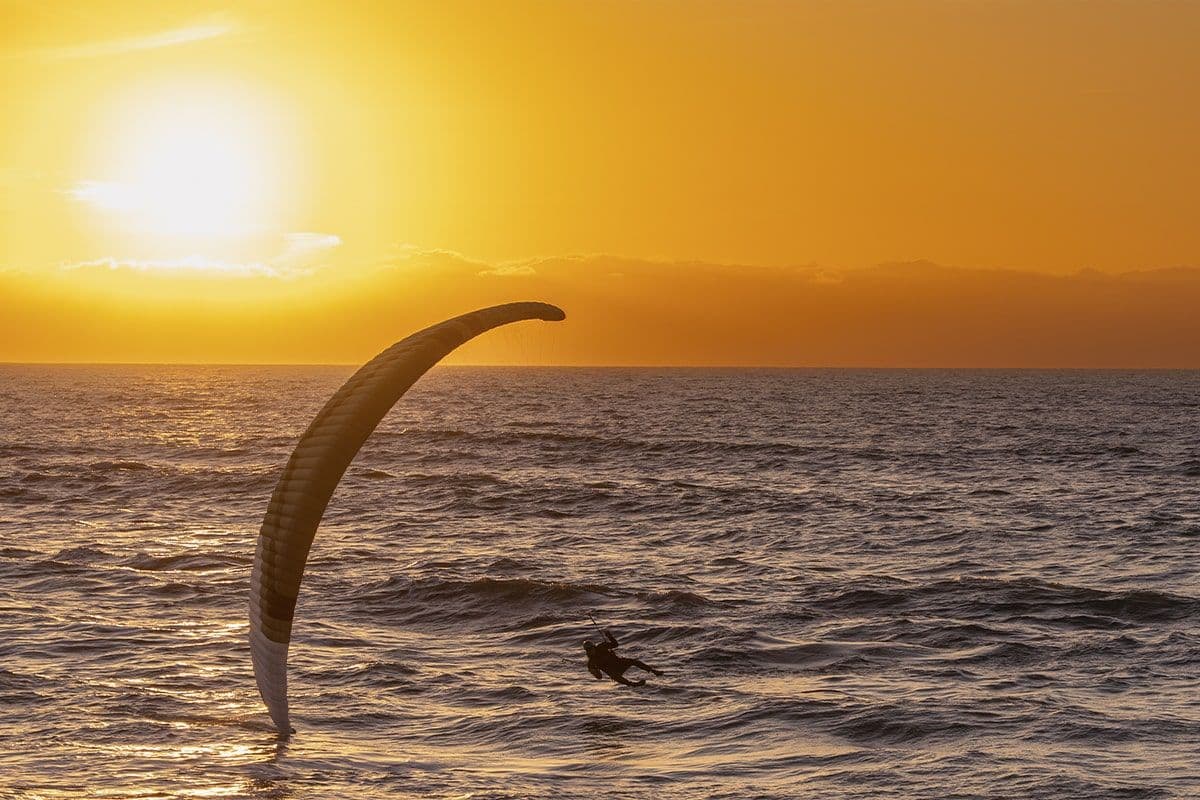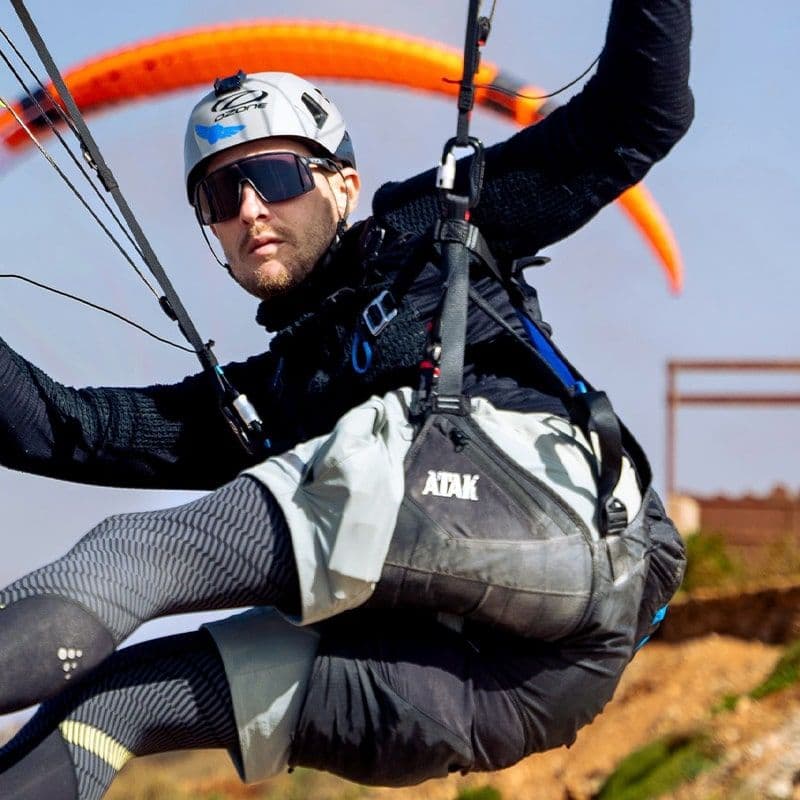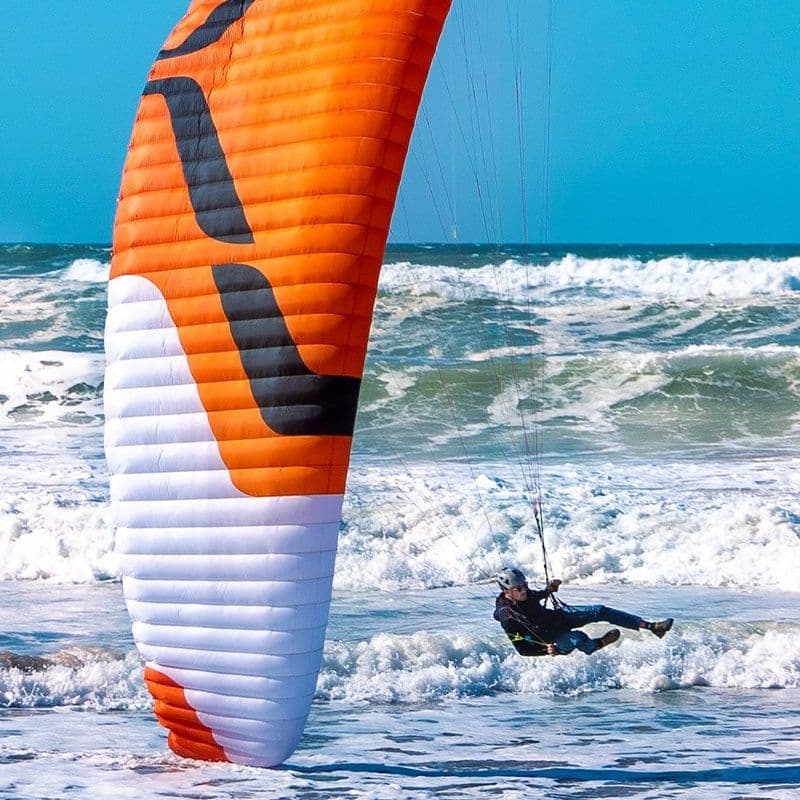Thomas Viethen
Hometown: Annecy, France
Profession: Entrepreneur, test pilot, heavy-duty diver, lead Instructor @LaSckoule
First flight: 2006
How did you start to fly?
I grew up freediving and sailing. I had that dream of flying since a very young age but it’s only as a teenager at a climbing competition that I met a paraglider pilot who explained me how it worked and that it wasn’t something unreachable.
At the age of 19 I quit my architecture studies to go skydiving in the military where I realized that life was short and that my deepest wish was to fly, dive, sail, and explore the world.
I met the guys that became my best friends skydiving and BASE jumping, one of them had an old paramotor wing that had been ripped into a tree.
I repaired it with what I found and then started to fly every day and everywhere I could.
Tell us your favourite…
- Wing: My Zeolite2 without any doubt because it is yet the most versatile tool ever made. Either it’s for hike and fly, traveling, bivouac, distance, soaring waggas, or combos. It’s compact, fast, performant, ultralight and handy as a Swiss knife.
- Practice: ground handling and soaring but really, any time under a canopy that can get me to learn, try, test, or improve something.
- Spot: if I had to choose overall I’d say Annecy but the whole planet is a spot in my opinion.
What other ways to fly, passions do you have, or activities do you enjoy?
Anything that is gravity or wind powered, such as BASE jumping, speedflying, speedriding, soaring, wingsuiting. But also cave diving, freediving, snowboarding, running, sailing, mountaineering, kite surfing and many more.
Tell us the best advice you have on:
- Learning to fly: Spend thousands of hours of ground handling and you will learn a lot, surround yourself with the right influences makes a huge difference.
- The gear: Begin with anything that can be groundhandled until it rips. Find a safe and sturdy EN A until you can fly it in all axis and thermal it far away. Do a proper SIV course every year. Then slowly make your way up to the most performant tools, training hard will make you succeed easily.
- Progressing your skills and overcoming challenges: Getting skilled is a journey, not a destination. Put safety first and fun second. Avoid injuries of any kind, body and mind, it is the most efficient way to make long-term progress. Respect yourself and the laws of nature. Fly as much as you can, volume is key. Visualization, understanding, and good coaching is also very important. But overall, do it for yourself and try not to repeat mistakes, yours or others.
Please tell us more about the current … that you’re working on:
- Mission/project: Developing tools that are safe to learn, fun to ride and that open the human flight window, using the least energy with the maximum comfort. All kinds of new adventures but specially combos.
- Goal: Share the love of exploring the world of possibilities with my friends and family.
Why is flying important to you, and what does flying means to you?
I just can’t function if I can’t fly, free-fall, swim and ride every day.
Flying is freedom! To share it, transmit and create are multiplier factors.
Flying accomplishments (competitions, projects, records, airshows, etc.):
I don’t feel like I achieved anything yet and there is so much more to come that I can’t really choose.
Do you have any goals, dreams or plans for the next 1-2 years that you want to share?
My goals for the next two years are to create more toys and tools. Open more lines and exits in some remote areas of the world. Finish my exploration boat and continue to try things that haven’t been tried yet…
To take my family off the grid to fly more tandem combos with the amazing woman I share my life with.














